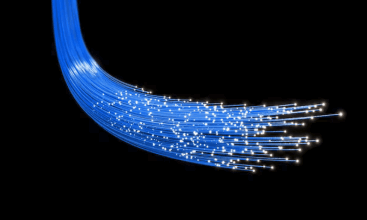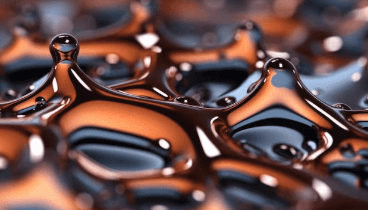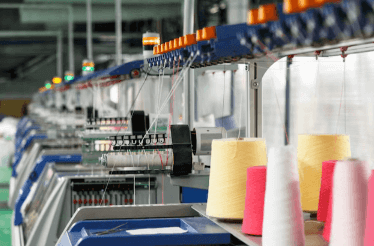Question
a.
specific latent heat of fusion
b.
latent heat of vaporization
c.
latent heat of fusion of a solid
d.
specific latent heat of vaporization
Posted under General Knowledge
Interact with the Community - Share Your Thoughts
Uncertain About the Answer? Seek Clarification Here.
Understand the Explanation? Include it Here.
Q. The thermal energy required to change the substance from liquid to vapor state, or vice versa, without any temperature change is known as
Similar Questions
Explore Relevant Multiple Choice Questions (MCQs)
Q. A thermocouple thermometer can measure very hot temperatures of up to
View solution
Q. An instrument that can be used at a distance, which allows scientist to work the instrument at a safer place is called
View solution
Q. The equation of the thermocouple thermometer is
View solution
Q. A thermocouple thermometer consists basically of
View solution
Q. The perfect instrument for measuring the temperature of lava is
View solution
Q. Optical fibers are made up of
View solution
Q. The inner part of the fiber optics which carries light is called
View solution
Q. The outer concentric shell of the fiber optics is called
View solution
Q. As compare to copper wires, the optical fibers carry
View solution
Q. As compare to copper wires, the optical fibers are
View solution
Q. A medical device using optical fibers to enable doctors to see organs inside a human body, such as intestine, is called
View solution
Q. Total internal reflection takes place only when a ray of light travels from an optically denser to a
View solution
Q. A medical procedure using any type of endoscope is called
View solution
Q. Which of the following is used in fiber optics?
View solution
Q. Total internal reflection takes place only when the angle of incidence in the optically denser medium is
View solution
Q. Telephone conversations and internet data are now transmitted across continents using
View solution
Q. As compare to copper wires, the loss of signal in optical fiber is
View solution
Q. The angle of incidence in the optically denser medium for which the angle of refraction is less dense medium is 90° is known as
View solution
Q. In periscopes, prisms are positioned to reflect light through
View solution
Q. When light passes from an optically denser to a less denser medium, there occur
View solution
Recommended Subjects
Are you eager to expand your knowledge beyond General Knowledge? We've handpicked a range of related categories that you might find intriguing.
Click on the categories below to discover a wealth of MCQs and enrich your understanding of various subjects. Happy exploring!








